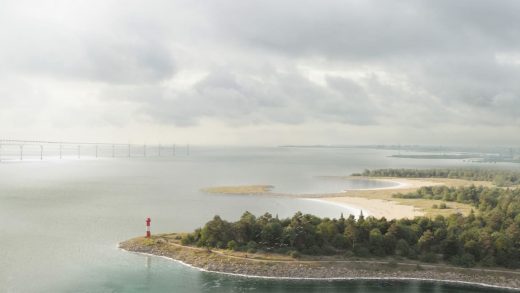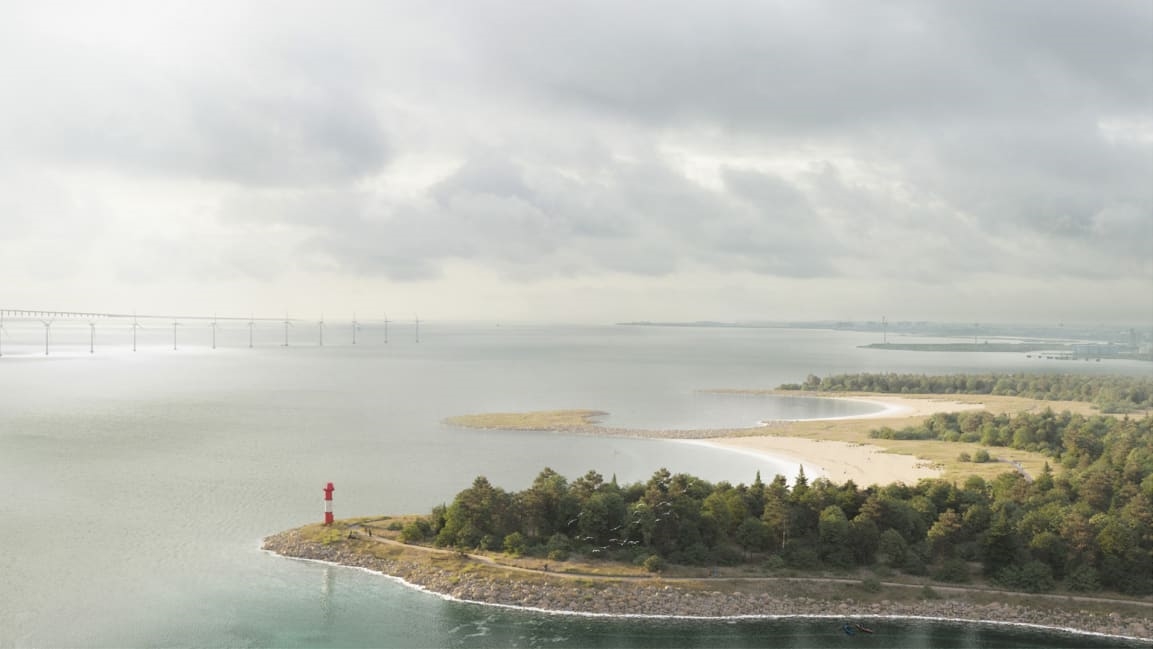Copenhagen is building a huge island in its harbor to protect against sea level rise
As the sea level rises on the shores of Copenhagen—likely by at least a foot and a half by the end of the century—the city will become more vulnerable to flooding during storms. So the government is now making plans to take a drastic step as part of its plan for protection: Over the coming decades, it will build an artificial island to hold the rising water back, while doubling as room for new housing.
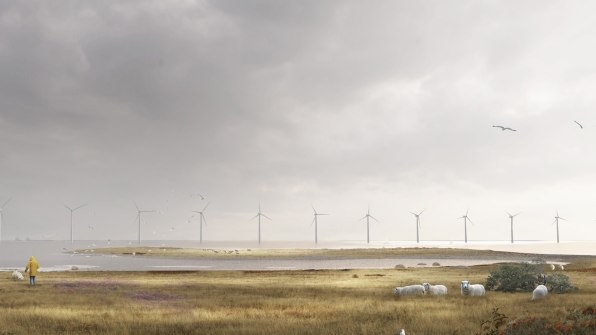
“Rather than considering the need for climate-proofing and flood protection a stand-alone project, Lynetteholm combines climate-proofing with urban development,” says Ole Schrøder, a founding partner at Tredje Natur, one of three design firms working on the project for By & Havn, a city-owned development company. The Danish Parliament recently voted to move forward with building the island.
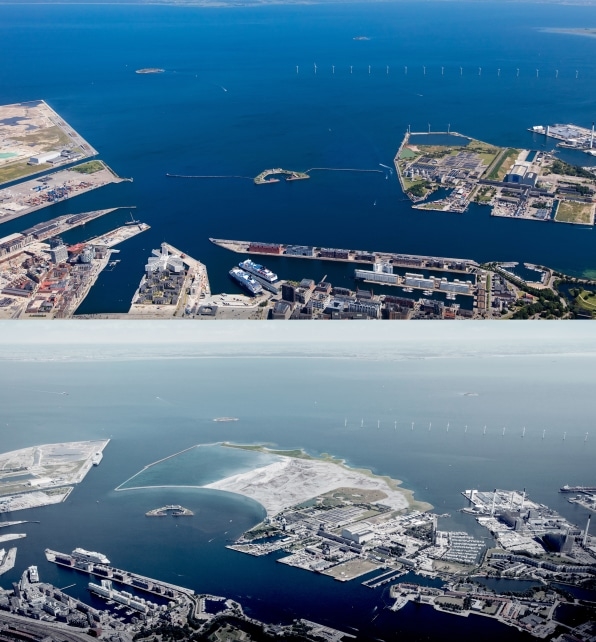
[Images: courtesy By & Havn]
The new island, roughly four-fifths the size of Central Park, will sit in the middle of the Port of Copenhagen, helping protect the city from storm surges by acting as a dam, while adding new homes for 35,000 residents. North of the island, a passage to the city’s harbor will have gates that can close in the event of a major storm. Instead of tall walls to hold back the water, the island will have open spaces designed to help absorb it. The island “is planned with wide beaches and flat stretches of coast, whose absorbent edges reduce the strength of the waves and can thus be established in a lower terrain,” says Schrøder.

A large park will sit along the east coast of the island. On ordinary days, people living in the area can use the park, which can also support biodiversity. But if there’s a storm, the park can act as a buffer. “The landscape can be easily adapted with new terrain types in connection with future sea level rise,” he says.
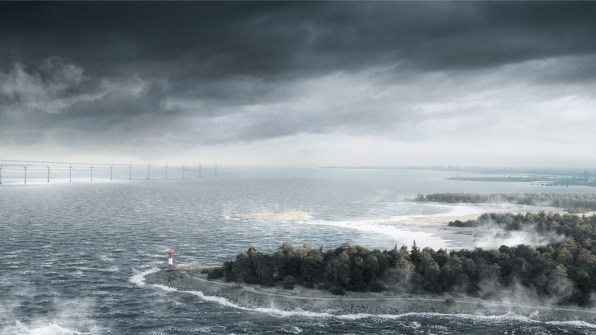
Critics have argued that the project isn’t necessary. “We should absolutely build a storm surge barrier at the head of the harbor,” Mikael Colville-Andersen, a Copenhagen-based urban designer, said in a recent video panning the project. “We don’t need the goofy island–we can just have a barrier. And we should also do the same at the south end of the harbor that nobody talks about in the context of the project.” He points out how disruptive building the island will be; the multi-billion dollar project won’t be done until 2070, and will require moving 80 million tons of dirt on more or less continuous truck trips through the city over decades. Environmental groups say that the project could also harm local marine life.

Colville-Andersen argues that there’s still room to build more housing on existing land by adding density. Schrøder disagrees, saying that Copenhagen is already more or less fully developed. “It is assumed that Copenhagen will need a minimum of 80,000 new homes by 2040,” he says. “The area corresponding to this housing need cannot realistically be provided in the existing and dense city of Copenhagen.”
The project is one example of the great lengths that some governments may go to to protect coastal cities as climate change continues. Some cities, like Jakarta, are simultaneously sinking as sea levels rise. (The Indonesian government is planning to relocate its offices from Jakarta to Borneo in response, although those plans have been delayed by the pandemic.) Miami is considering a massive seawall and elevating homes and roads. China is embracing the idea of “sponge cities” that can absorb more water during floods. But few cities are responding quickly enough. More than 600 million people may have to move this century because of rising sea levels.
Correction: We’ve updated this article to reflect that the proposal is that the island will house 35,000 residents, rather than have 35,000 homes.
(51)

